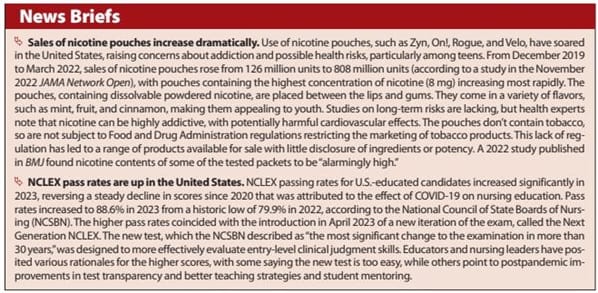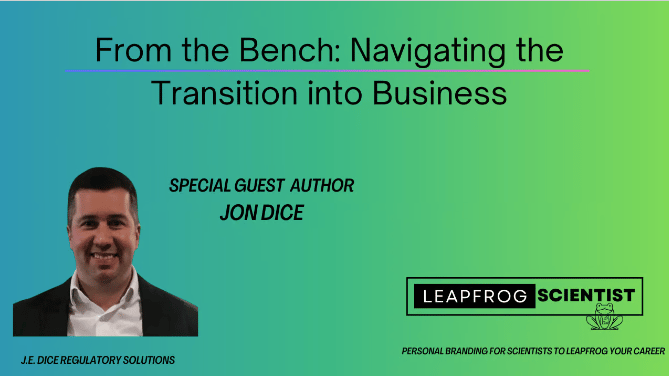- Smoke Signals: Navigating the Evolving Landscape of Nicotine and Tobacco Regulations
- Posts
- eSubmitter Tips and Navigating the Transition into Business - April 1, 2024
eSubmitter Tips and Navigating the Transition into Business - April 1, 2024
Issue #6
The creation of a premarket tobacco product application (PMTA) involves thousands of hours of work across several disciplines, generating documents across many scientific work streams. All of the data generated must then be compiled and packaged electronically for submission to FDA CTP using a software called eSubmitter. The FDA eSubmitter is a free software that supports the creation of electronic submissions of most of the submissions accepted at FDA CTP. This application contains no modules or technical standards for how the data must be ordered, like the eCTD module used by other Centers for example. There are also currently no application standards (eTTD is still in some sort of proposal state) or data standards (TIG v1.0 is in development) for tobacco product submissions. This can be problematic when building regulatory submissions with a large amount of disparate data (HPHC data, CMC data, toxicological data, clinical trial data). FDA does provide a user guide for reference.
This post will provide a quick overview of tactical submission strategies to consider when building applications and submitting files electronically to FDA Center for Tobacco Products (CTP) using eSubmitter.

CTP eSubmitter submission creation page
Imagine logging onto a computer in 1995. That exact experience can be recreated when using the eSubmitter software today. eSubmitter is a JAVA-based application and is downloaded locally onto a user's computer where applications are built locally before being transmitted via the CTP Portal. It is recommended to download the application on a Windows machine as there is an incompatibility with Macs. If you have a Mac, I would recommend downloading software that creates a virtual PC like Parallels.
It is sometimes seen as an afterthought to compile, QC and publish a submission when the focus should be on the science, but because of the limitations of eSubmitter it helps to be strategic in how a submission is organized and submitted upstream via the content plan development as well as data outputs.
Here are a few checklist items to consider when building a submission in eSubmitter:
No need to register eSubmitter when initially opened. Always click 'Register Later'.
Organize the submission in no more than 3-levels of hierarchy. This is partly due to the file path limitations of 200-characters. The deeper the hierarchy, the longer the file path. Plus, the further nested a file is the more potentially confusing it is for a CTP reviewer to find.
Create modules similar to eTTD and name all files with a leading 01, 02, 03 etc. so the files can quickly be ordered within the submission folder. All files will ultimately be attached to the eSubmitter transmittal form in a flat file structure (ie one folder).
Make sure all files are in the correct format as specified by CTP in the user guide (.pdf but never .docx) and that they are compressed to limit file size.
Before packaging the submission (i.e. zip the files) be sure to run an Output -> Missing Data Report as well as an Output -> Submission Report as a final submission QC. These reports should indicate if any files were missed in the file attachment and bundling process. 400 files in the folder pre-attachment should equal 400 files on the transmittal form.
Create a .pfx certificate in order to encrypt and digitally sign the packaged submission.
Give sufficient time to transmit the .zip file(s) via the CTP Portal. It could take 10 minutes or it could take 10 hours depending on portal traffic.
You could also ask the MGO Chatbot - “What are some tips to using eSubmitter effectively?” - and get some helpful tips as well.
I wrote a guest post for Leapfrog Scientist titled From the Bench: Navigating the Transition into Business. It was a fun retrospective on my journey through the nicotine and tobacco industry so far.
Change is a constant in the nicotine and tobacco industry, and recognizing this fact has been reassuring amidst the occasionally frustrating environment. You can’t control much of what happens in your industry or company, but you can control your actions and reactions.
If you find yourself at a crossroads in your career, remember that it is never too late to reinvent yourself and pursue your purpose. I believe that passion follows competence. Focus on what you are good at and you will eventually find contentment and success in that work.
PMTA
FDA CTP launched a searchable tobacco product database There have been 16,800 determinations in total across all categories and submission types. This record set does not include products currently under enforcement discretion or in pending litigation. (March 28, 2024)
 | Authorization numbers of note: SE Orders: Phillip Morris USA - 237 R.J. Reynolds Tobacco Co - 47 Atlas Pacific Manufacturing - 347 U.S. Smokeless Tobacco Co - 112 Swedish Match - 62 PMTA Marketing Granted Orders: 22nd Century Group - 2 Logic Technology Development - 8 NJOY LLC - 6 Philip Morris Products S.A. - 8 R.J. Reynolds Vapor Company - 9 Exemption Orders R.J. Reynolds - 824 Philip Morris USA - 45 |
Policy and Enforcement

FDA announced the issuance of warning letters to 61 brick and mortar retailers for selling unauthorized e-cigarette products. These warning letters cite the sale of disposable e-cigarette products marketed under brand names Elf Bar/EB Design and Lava. Although a check of the FDA warning letter data database indicates only 35 letters issued in the last 90 days. (March 26, 2024)
Opinion
 | While the intention behind these bills is to manage consumer access to unregulated nicotine products on the illicit market, the reality is that the FDA is not approving enough new devices and products to create a competitive, regulated marketplace that meets consumer demand. Elizabeth Hicks - US Affairs Analyst at Consumer Choice Center |
Hot-Button Requests at the FDA as Agency Gets Tough on Menthol Cigarettes. This article discusses how various stakeholders are using the FOIA process to pursue business and policy objectives.
The ongoing controversy, targeting the FDA’s Center for Tobacco Products over the banning of menthol cigarettes, was the subject of 14 FOIA requests by three conservative organizations: the Functional Government Initiative (8), Protect the Public’s Trust (5), and the Heritage Foundation (1).
Recent Publications of Interest
Kim, Sooyong et al. “Switching Away From Smoking and Reduction in Cigarette Consumption among US Adult Purchasers of the JUUL System across 24 Months Including Diverse Subpopulations Disproportionately Affected by Cigarette Smoking.” Nicotine & tobacco research : official journal of the Society for Research on Nicotine and Tobacco, ntae072. 30 Mar. 2024, doi:10.1093/ntr/ntae072
Results: Overall rates of switching away from cigarettes increased across follow-ups to 51.2% (Month-12) to 58.6% (Month-24, 87% of whom used ENDS). Among those who continued to smoke at 24 months, 45.4% reduced cigarettes/day by ≥50%. Rates of switching and substantial smoking reduction were largely similar across subgroups, with some statistically significant, but small, differences in Month-24 switching rates(e.g. education, mental/physical health conditions; switch rate range: 42~57%).
__________
“News Brief: Sales of nicotine pouches increase dramatically.” The American journal of nursing vol. 124,4 (2024): 14. doi:10.1097/01.NAJ.0001010524.90974.6a

__________
Zamora Goicoechea J, Boughner A, Cirion Lee JJ, Mahajan A, Yeo K, Sproga M, Patel T, Saitta C, Russell C, Coughlan M, Caponnetto P, Polosa R A Global Health Survey of People Who Vape but Never Smoked: Protocol for the VERITAS (Vaping Effects: Real-World International Surveillance) Study JMIR Res Protoc 2024;13:e54236 doi: 10.2196/54236 PMID: 38546715
Background: There is only limited information about the health effects of regular vaping. Research on the health status of people who used to smoke faces the challenge that previous smoking may have caused unknown health effects. Only studies of people who vape but have never smoked combustible cigarettes can enable the detection of harms attributable to vaping. Large prospective studies of well-characterized electronic cigarette users with and without a history of combustible cigarette smoking are warranted to establish the long-term effects of regular vaping on respiratory health.
Clinical Trials
This clinical trial uses text messaging and a smartphone app to incentivize cessation from nicotine and tobacco. These types of studies have been prevalent historically, but mainly serving older populations.
 | Despite the need for effective treatments to help these young users quit, very few treatments targeting any type of tobacco use among young adults have been evaluated, particularly for young adults who vape and have unique treatment needs. To address these needs, this trial will evaluate a digital program for young adult e-cigarette users at all stages of readiness to quit called ACT on Vaping. |
Arms | Sponsors and Collaborators | Estimated Study Completion Date |
|---|---|---|
Experimental: Arm I (Act on Vaping app) Active Comparator: Arm II (Incentivized text message check-ins) | Fred Hutchinson Cancer Center National Institute on Drug Abuse (NIDA) | May 17, 2024 |
Resource Links
Searchable Tobacco Products Database (new 4/1) |
